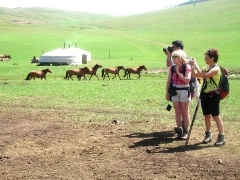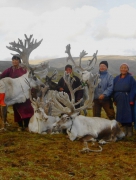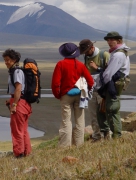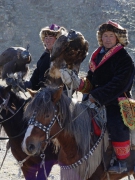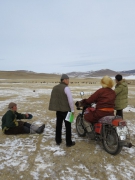Khustai national park
Set departure tours!
book now!
Khustai National Park has become globally known for the successful reintroduction to the wild of Mongolia’s national symbol: the Przewalski Horse (Equus ferus przewalskii), or “Takhi” in Mongolia, to its country of origin in 1993. This reintroduction marked a milestone in conservation.
The typical Mongolian steppe landscape, which is characteristic in wide parts of the park, gives way in some places to red sandstone rocks and to patchy forest in others. The Tuul River, one of Mongolia’s larges rivers, runs through the park, flanked by riverine willow forests. The park, which is also known as Khulstain Nuruu National Park (Mongolian for “Birch Mountains”). Was declared a Specially Protected Area in 1993, one year after the initiation of the Takhi reintroduction project. It is one of the best-managed protected areas in Mongolia, and was the first one to be managed by a non-governmental organization, the Khustai National Park Trust (HNPT), which was established in 2003 and became a member of IUCN in 2007.
The Trust’s approximately 60 employees work for the protection of ecosystems and historical sites in the park, the building up of a sustainable wild population of the Takhi, the organization of international research and training courses, the development of ecotourism, and the development of sustainable livelihoods in the Park’s buffer zone. Visitors can explore the park by jeep, on foot or horseback, enjoying close-up views of its wildlife, as well as swimming, fishing and camping. They can get to know Mongolian hospitality and cuisine by visiting one of the.


